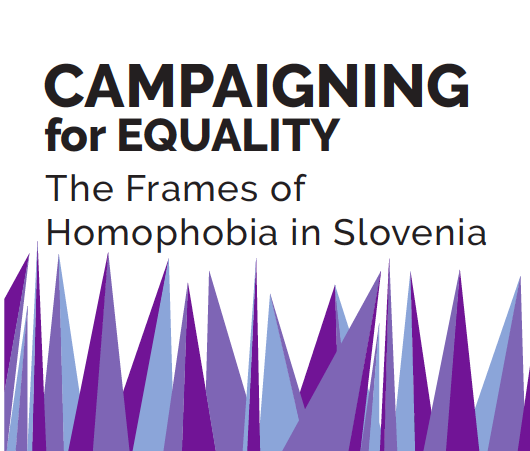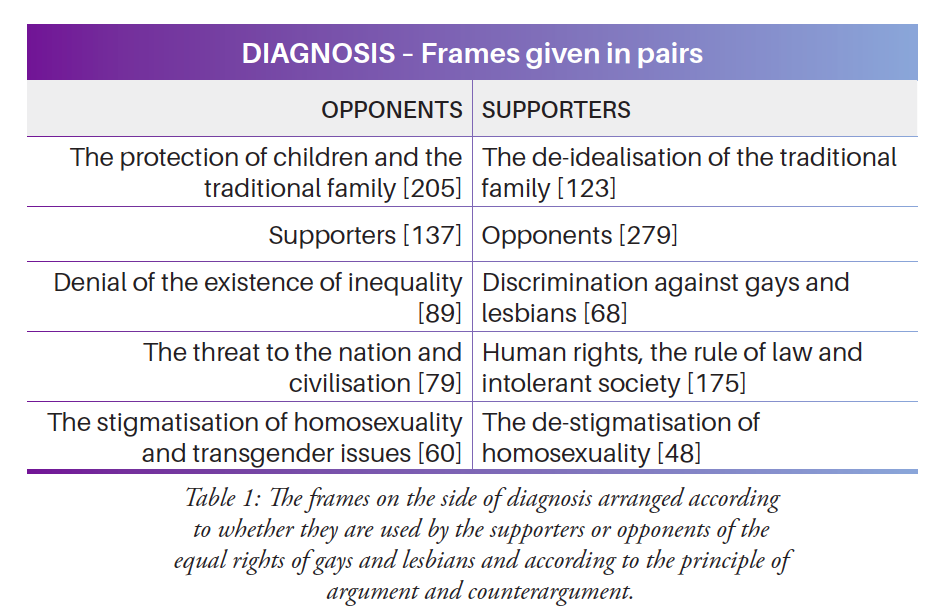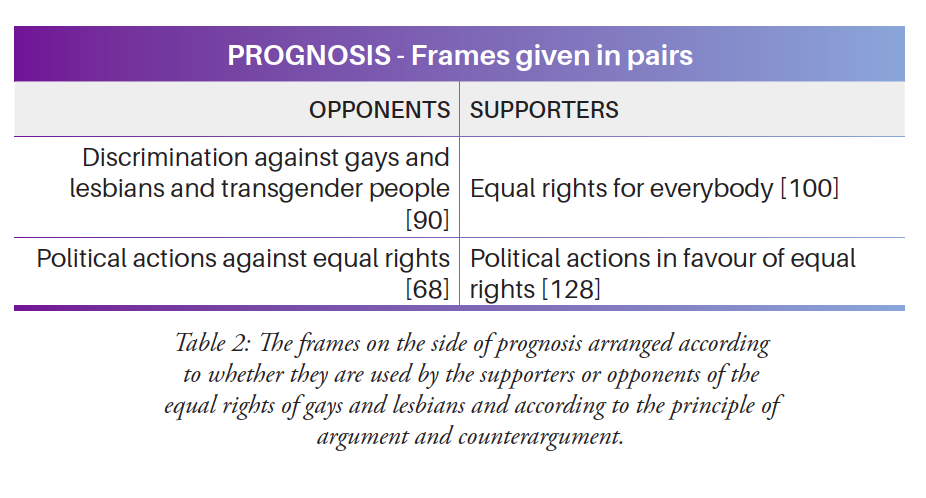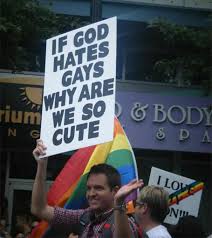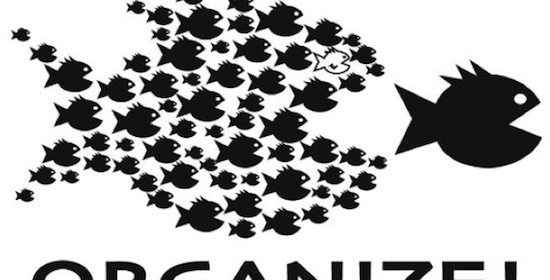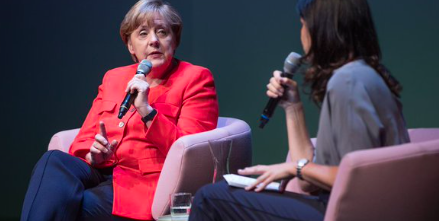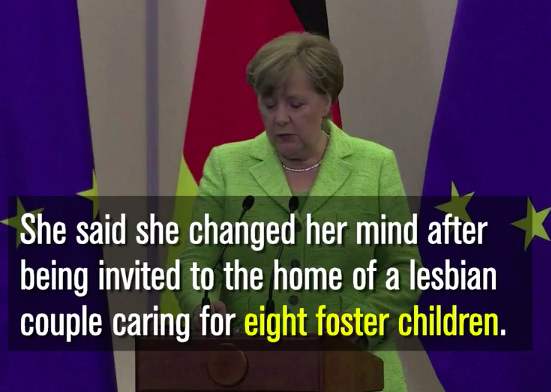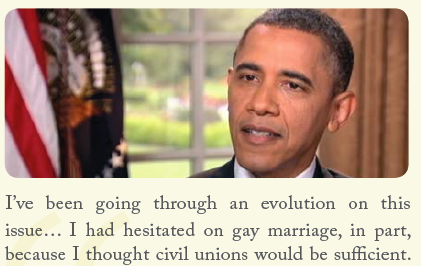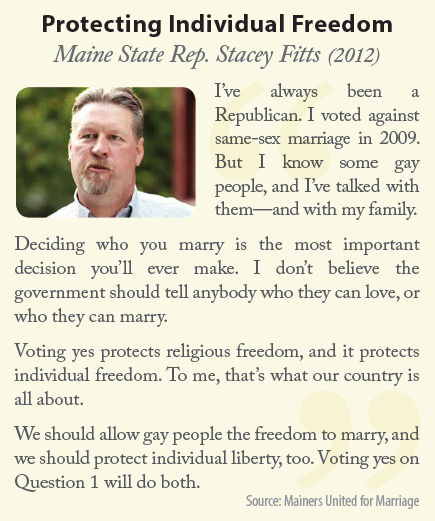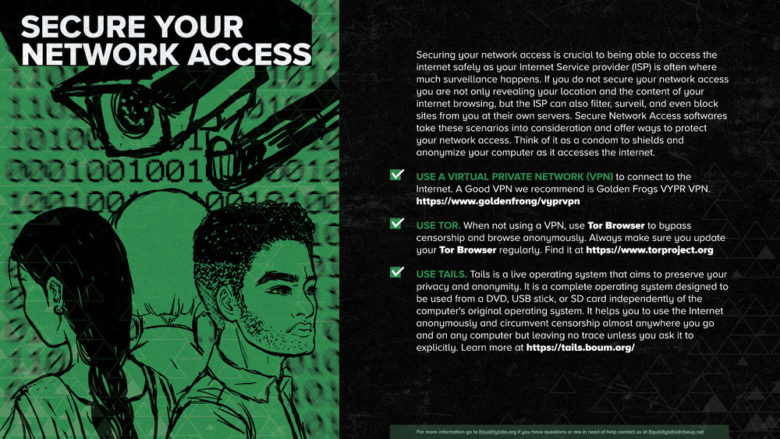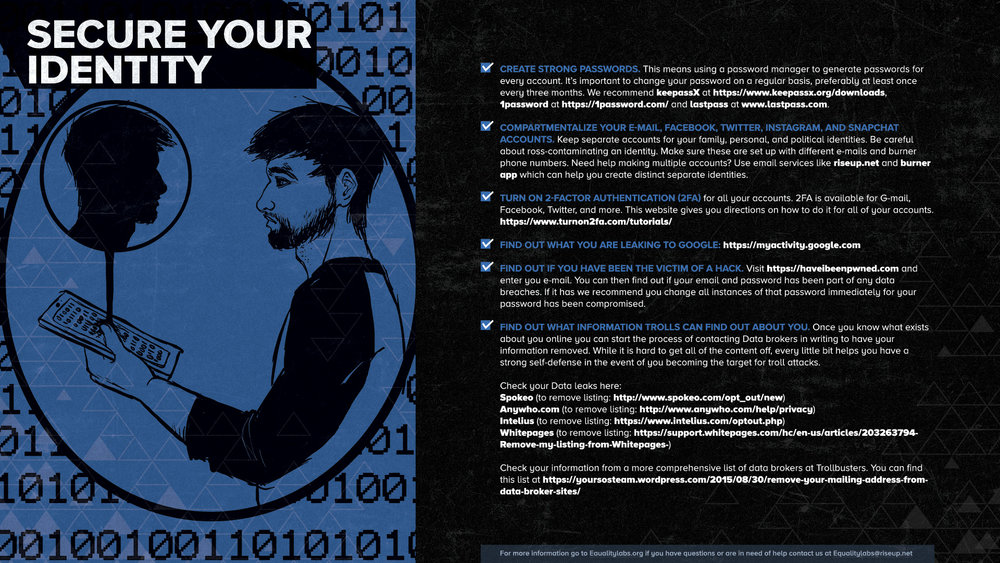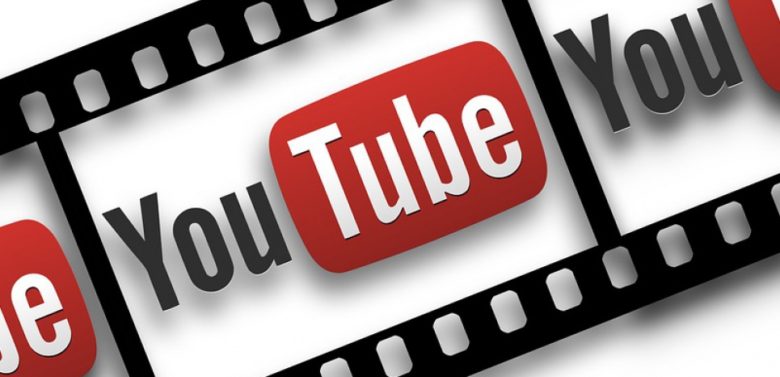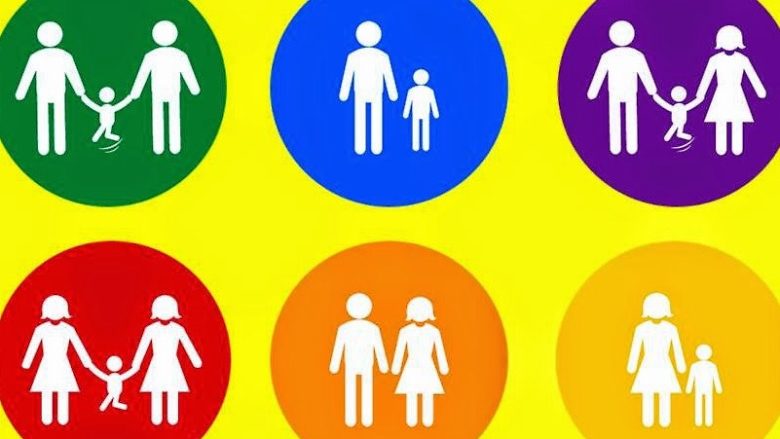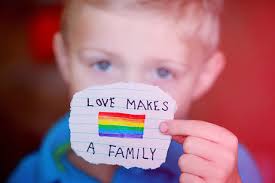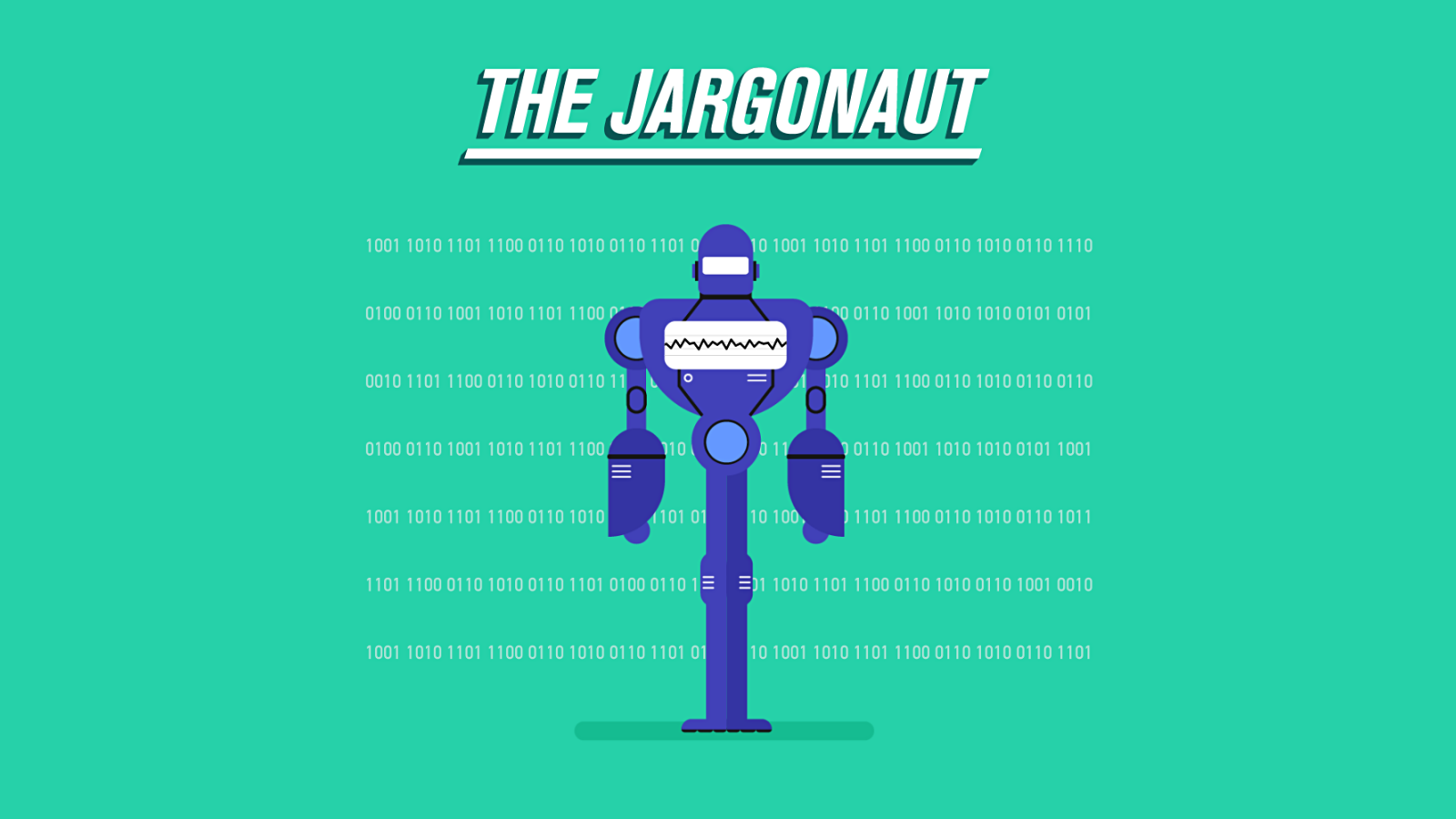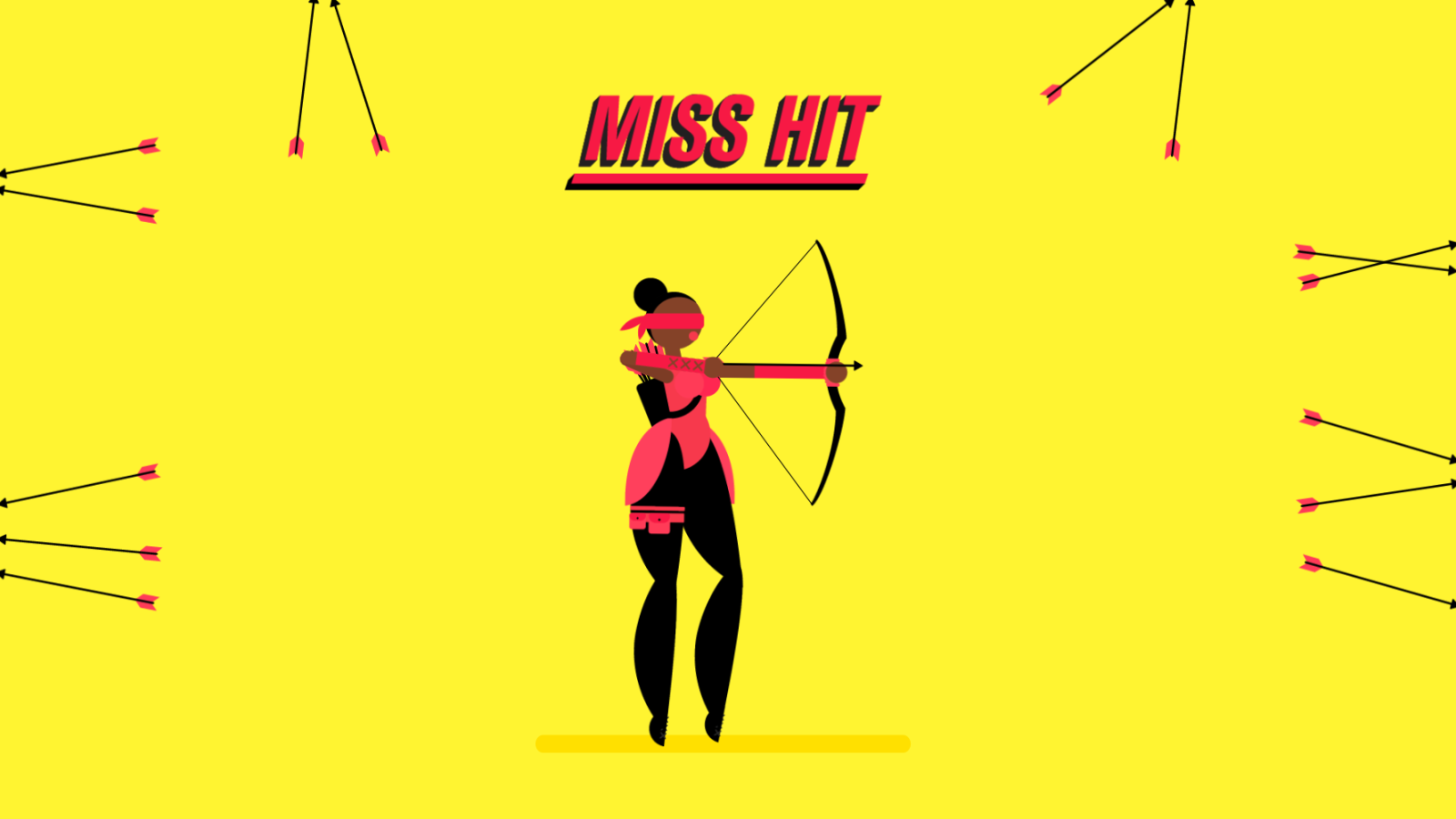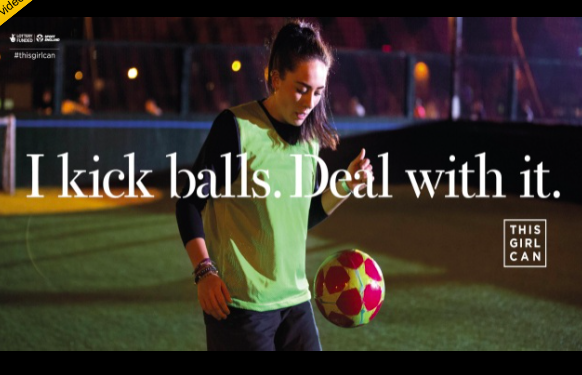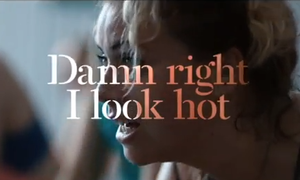Finding the right frame in Slovenia -toolkit just published
A very interesting report has just come out. It tells the story of how LEGEBITRA, Slovenia’s main LGBT organisation, has developed their messages when the government imposed a national referendum on opening marriage to same-sex couples. This report gives a detailed overview of how the each side FRAMED the debate.
The analysis differentiates between the “diagnosis” (what people believe is the problem), and the “prognosis” (what people think is the solution).
The findings are summarised in the tables below
The report further includes valuable practical information on how the Focus Group Discussions were organised and conducted.
While the report does not release any information on what messages were actually developed as a result of the analysis and the FGD, it still provides an essential reading for any campaigner for sexual and gender minorities!

